Restorations - 'Irreplaceable' Central Library in Sheffield still works for users - it just needs action
and live on Freeview channel 276
Compared to the £480m Heart of the City 2, saving the Central Library is a snip at £13m, rising to £30m with bells and whistles, heritage campaigners say.
Yet the future of one of Sheffield’s most important buildings remains uncertain.
Advertisement
Hide AdAdvertisement
Hide AdThe listed library on Surrey Street, which includes the Graves Gallery and Library Theatre, remains as impressive today as it did when it was opened in 1934 by the Duchess of York - if you don’t look too closely.
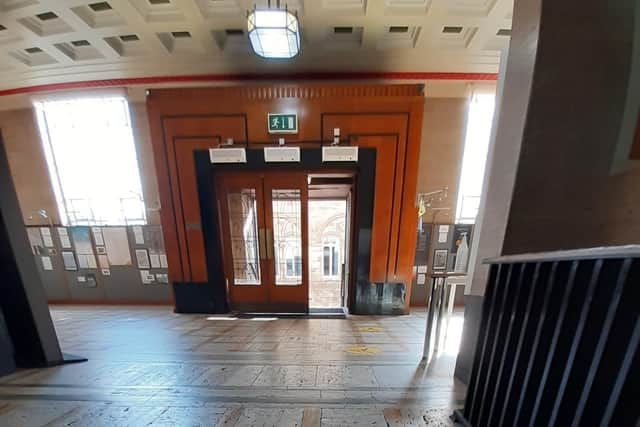

Steel framed, with Portland stone cladding, it is a commanding presence on Tudor Square.
The vibe continues inside with marble columns and walls, floor tiles and square grid ‘coffered’ ceilings. Original features include wooden furniture and racks which have impressively stood the test of time - although any public space in regular use for 87 years can be forgiven for looking a bit tired.
But there are signs of decay - and possibly worse.
Inside, peeling paint is visible, which is worse in less well used areas. Outside, cracks run almost the full height of the building.
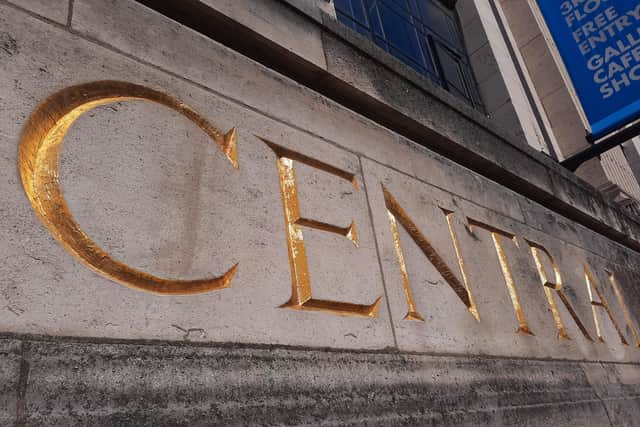

Advertisement
Hide AdAdvertisement
Hide AdHoward Greaves, chair of Hallamshire Historic Buildings, said: “When I was tipped off about this years ago my mole told me that as the building is steel framed it was starting to corrode badly which in turn blows the concrete and or stone. The council swept this under the carpet in their usual way which is why we got it immediately listed.”
Last month, the authority said maintaining it in its current form could cost about £13m while transforming it into a ‘dynamic cultural hub’ could hit £30m.
The Star contacted Sheffield City Council for a breakdown of costs for restorations but they weren’t available. Previously it has listed structural repairs, heating and energy efficiency.
It also did not provide details of how it might pay for them.
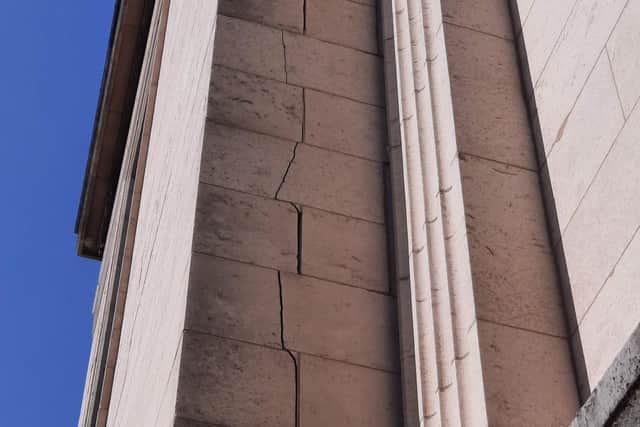

Advertisement
Hide AdAdvertisement
Hide AdAs well as funding, there are also questions about a commitment to its continued use as a library.
A few years ago, the authority was happy to see it turned into a five-star hotel. And when that deal fell through, it was considering moving it into the Heart of the City 2 scheme.
In 2016 there were 423,205 visitors, falling to 381,892 in the year before the pandemic. Down, but not shockingly so, and perhaps not irreversible with the right push.
Robin Hughes, of Hallamshire Historic Buildings, believes it should stay as library.
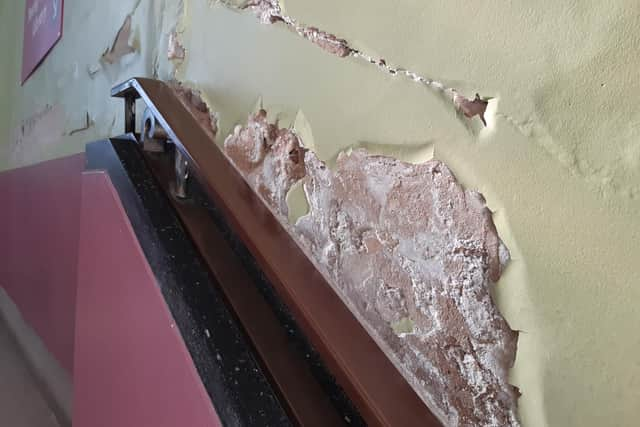

Advertisement
Hide AdAdvertisement
Hide AdHe said: “It’s an important piece of heritage, it has a lot of memories built in and it still works for users.
“The fabric will cost quite a bit to fix. But the Graves Gallery has just had a big refurbishment which is a big vote of confidence in the building.
“There are still things in a library which you can’t replace. It’s where the real knowledge is rather than distractions.
“It has knowledgeable staff and there is no substitute for leafing through real books. And it’s somewhere you can go if you are not well off, it represents the democratisation of knowledge.
Advertisement
Hide AdAdvertisement
Hide Ad“It means different things to different people at different times in their lives. Books are still popular and while they are, there will be a demand to borrow them.
“It’s the council’s building. They are still the best stewards of it. The sadness is no one can get enough money together.”
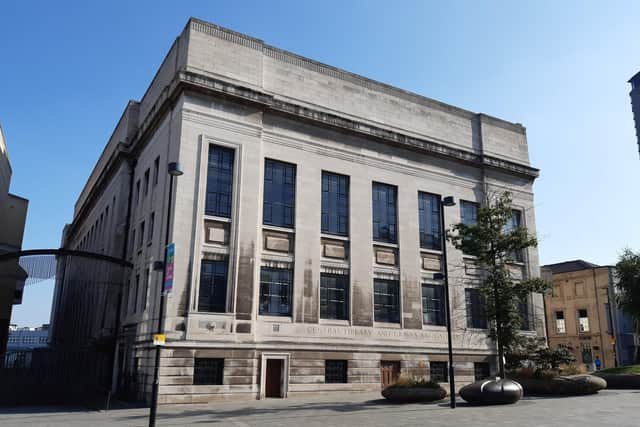

The combination of library, art gallery and theatre - a modern civic arts centre - was unusual when it opened, before becoming popular later in the 20th century, he added.
It was an example of Sheffield ‘modestly leading the way again’.
And he had an upbeat assessment of the situation.
Advertisement
Hide AdAdvertisement
Hide AdHe added: “They can find the money to pay for Heart of the City 2 from the Public Works Loan Board. The fact they haven’t gone down that road shows they are not in despair.”
Records show cash was also a problem in the 1920s when a new library was proposed.
In 1921, chief librarian R J Gordon, said the existing facilities in the former Mechanics' Institute and Music Hall were in a ‘parlous state’.
But after J P Lamb took over in March 1927 the council was still unwilling to commit to a new building.
Advertisement
Hide AdAdvertisement
Hide AdFinally, in 1929 Sheffield philanthropist J G Graves proposed an art gallery on the top floor and offered to pay £10,000 for it - plus a further £30,000 of the £95,000 cost. It was enough to get the project over the line.
It is interesting to note the brochure produced for its opening in 1934 refers to a ‘remarkable’ interest in local history - which continues to this day.
After World War Two, it was so popular there were discussions about extending the building. It never happened.
By the 1990s, concerns about its condition were starting to be raised and by 2020, the head of the city’s museum service said ‘time was running out’ to keep the building in a functioning state.
Advertisement
Hide AdAdvertisement
Hide AdLast month, deputy leader Councillor Julie Grocutt said it was a cornerstone of Tudor Square and ‘culturally, historically and economically important to the city’.
She added: “We must ensure it not only meets, but exceeds its potential as a place which celebrates art, literature and Sheffield’s rich history.
“It is a priority project, and we are exploring how we can build a vision together that will attract national funding that significantly contributes to the regeneration of our amazing city.”
Local journalism holds the powerful to account and gives people a voice. Please take out a digital subscription or buy a paper.
Thank you. Nancy Fielder, editor.
Comment Guidelines
National World encourages reader discussion on our stories. User feedback, insights and back-and-forth exchanges add a rich layer of context to reporting. Please review our Community Guidelines before commenting.